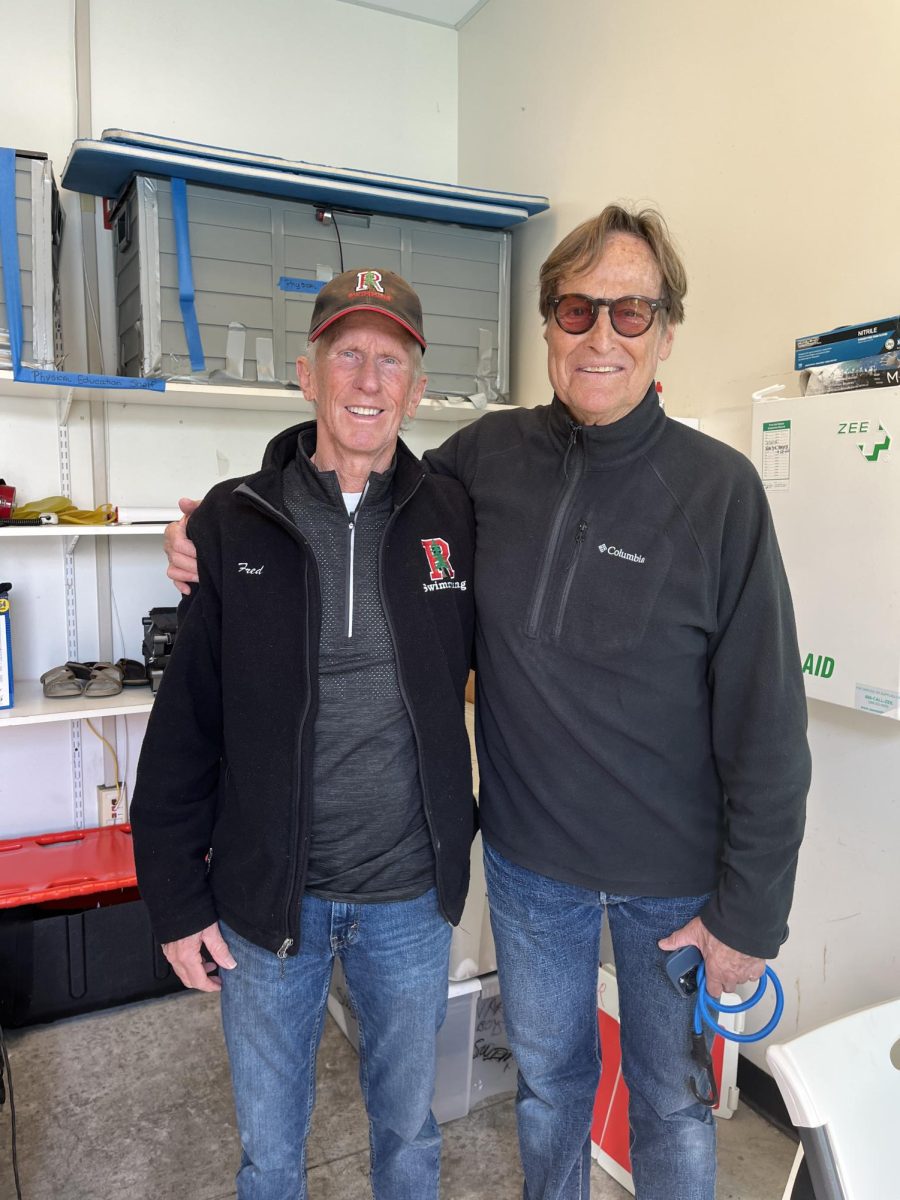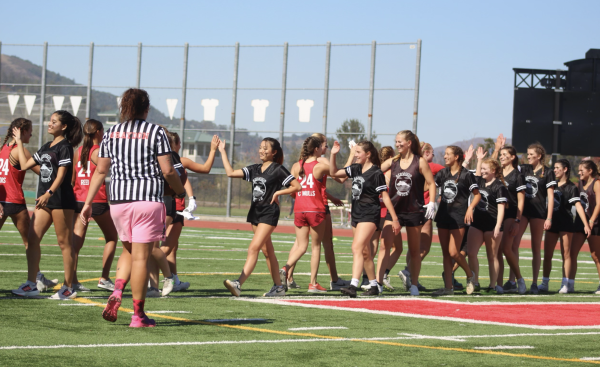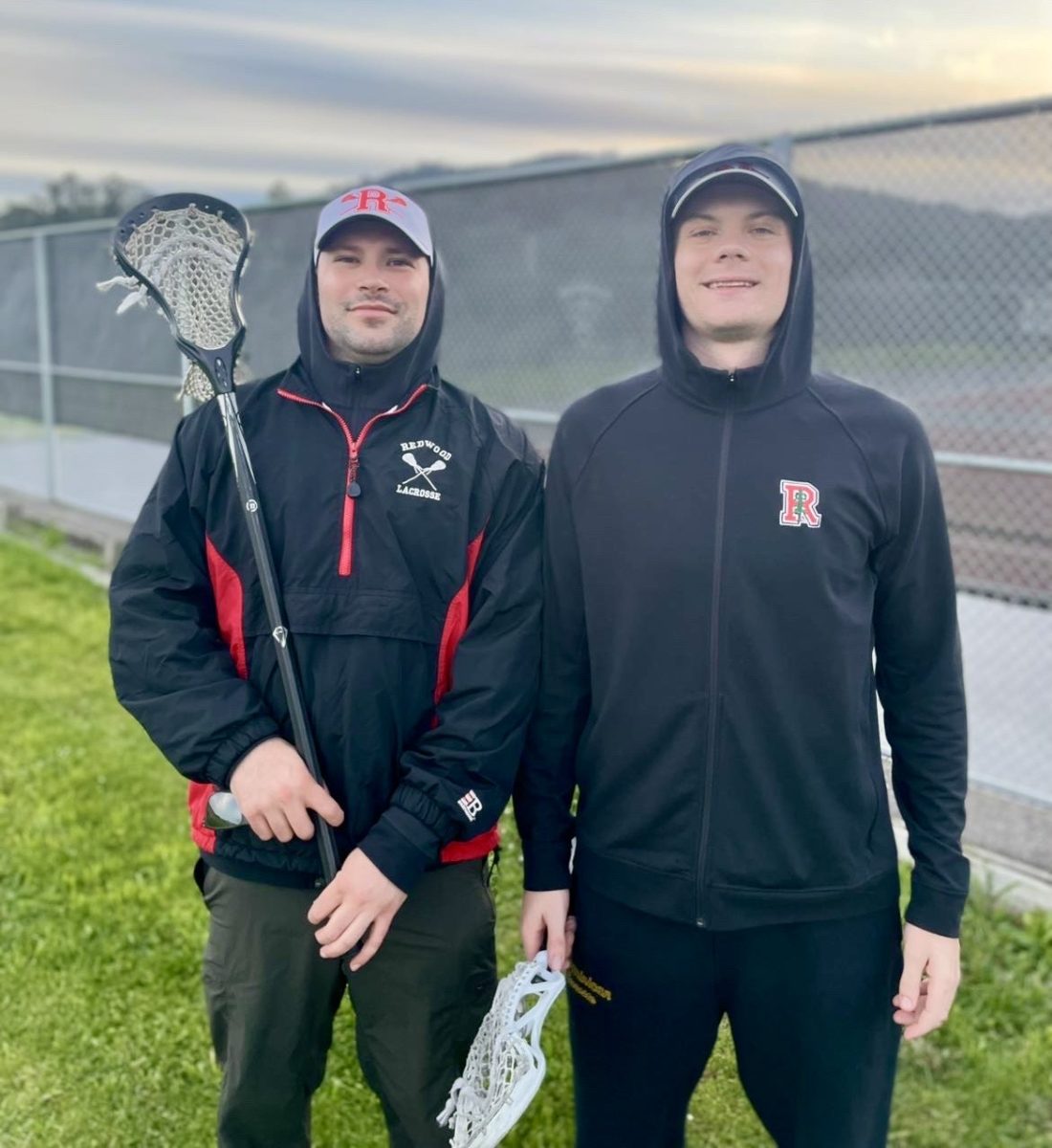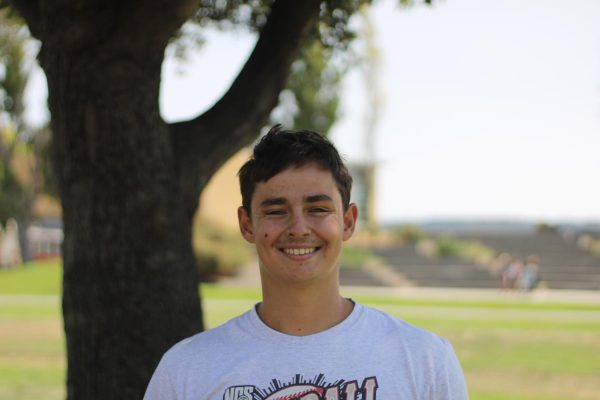Since 1968, rowers from Marin County have flocked to Marin Rowing Association to pursue their future in the sport. The program has now become one of the best in California and even the Southwest Region of the United States. Due to the strength of this program, many rowers from the club have gotten nationally recognized and recruited to row in college. Recruitment has become an integral part of the program but has also proven to make the sport stressful and time-consuming.
Tim Humphrey, the coach of the under (U16) and under 17 (U17) boys teams at Marin Rowing Club, explained his feelings about having an open line of communication with players and ensuring that they have balance in their life.
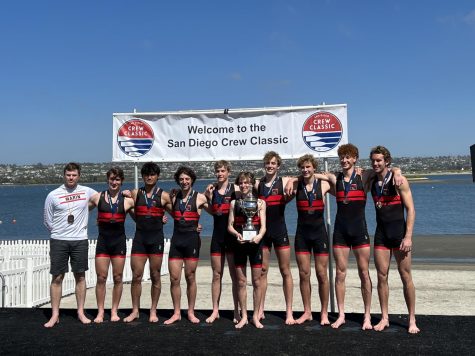
“I encourage the athletes to communicate things with us, tell us how they’re feeling, … they need to make sure they are balancing things,” Humphrey said.
Communication can be challenging for high school students and, specifically, athletes. With a sport as demanding as rowing and a process as complex as college recruitment, it is essential that these student-athletes are able to have balance in their life and can communicate how they are feeling.
Geordie Macleod, coach of the boys’ U19 team, echoes a similar sentiment, emphasizing the importance of checking in with athletes.
“We check in with them a lot; we see how they’re doing from a non-rowing perspective as well. It changes based on their years, as junior year is when the majority of the recruiting occurs, and is also intense in terms of [schoolwork], so there is definitely a balance to strike,” Macleod said.
The program currently has over 15 athletes committed to college programs. Rowers will submit their times on the rowing machine (Erg) to college coaches, who will then come to practices or meets to watch them perform. However, it’s not the main priority of their coaches to get them into college.
“Our focus is not necessarily getting them recruited. Our approach to training and the [standards] our program has… naturally produces athletes that go Division One,” Humphrey said.
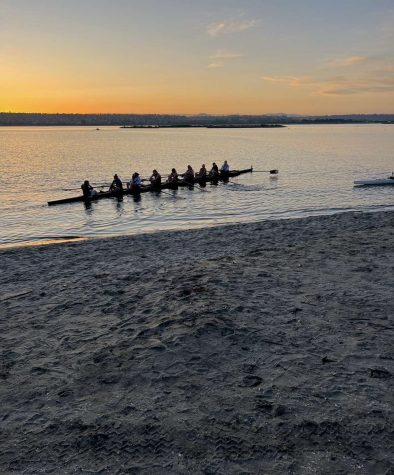
They practice five days a week up until the New Year and six days a week after, spending a lot of time rowing in the water, while also doing grueling workouts on the Erg and weight lifting.
There are specific constraints in terms of training that need to be worked around in order to maximize the development of the athletes.
“The [creek] is quite small, and we have a rotation so there are only a certain number of teams on the water at any time… and in the spring, it gets very windy in the afternoons, so we often do a morning practice. It’s just about designing the program around the constraints that we have,” Macleod said.
The club has perfected the art of balance. Balance between different types of training, balance between rowing and school, and balance between recruitment and development.

